A photography ban that is being ‘strictly enforced’ in a Los Angeles public park during a series free concerts has been branded ‘unconstitutional’ by city and national media and public liberties groups.
The picture-taking ban was put in place by the Los Angeles Department of Recreation and Parks at the request of the performers of the Pershing Square Downtown Stage summer concerts that are being held in the Pershing Square public park. However, freedom groups including the American Civil Liberties Union (ACLU) have complained the ban is at odds with the First Amendment of the American Constitution.
As the park is a public space, the City is acting unlawfully by restricting the rights of citizens and the media to record the events, and it doesn’t have the power to overrule constitutional rights, according to lawyers working for a group of bodies fighting the ban.
The National Press Photographers Association, Society of Professional Journalists/Los Angeles Chapter, Society of Professional Journalists/National, California Broadcasters Association, Electronic Frontier Foundation, American Photographic Artists, American Society of Media Photographers, Digital Media Licensing Association, Freedom of the Press Foundation, Professional Photographers of America, Radio and Television Digital News Association, and Reporters Without Borders have got together with the ACLU to prepare a letter that was sent to the City department in which the collective protests the ban and states why it is unlawful.
The group specifically objects to a clause in the terms and conditions of the concerts that states that even photography and videography made on iPads will not be allowed:
“There should be no restrictions on photography and videography in Pershing Square during the Summer Concert Series or at any other time,” reads the letter. “Even assuming the photography ban is being applied in a content-neutral manner, the rule is still unconstitutional.”
“Unfortunately, the NPPA sees these type of onerous restrictions far too often nationwide,” Mickey Osterreicher, the general counsel for the National Press Photographers Association, said in a statement. “It is still extremely difficult to understand how the City of Los Angeles and its attorneys could believe they had the authority to contractually agree to a request barring photography and recording along with audio-visual devices from a traditionally public forum such as Pershing Square during certain events.”
The restrictions at the events also cover the ability of attendees to record audio and to distribute leaflets, which are also considered to be unconstitutional considering the freedoms that are inherent in public forums.
For more information see the NPPA and ACLU websites.
You can read the full letter, which the NPPA helped to draft, sent from the ACLU to the Los Angeles Department of Recreation and Parks below:
August 3, 2017
Via E-Mail
Mr. Mike Feuer
Los Angeles City Attorney
James K Hahn City Hall East, Suite 800
Los Angeles, CA 90012
Mr. Michael A. Shull
Los Angeles Dept. of Rec. and Parks, General Manager
221 N Figueroa St., 3rd Floor, Suite 350
Los Angeles, CA 90012
Dear Messrs. Feuer and Shull:
I am writing on behalf of the National Press Photographers Association, Society of Professional Journalists/Los Angeles Chapter, Society of Professional Journalists/National, California Broadcasters Association, Electronic Frontier Foundation, American Photographic Artists, American Society of Media Photographers, Digital Media Licensing Association, Freedom of the Press Foundation, Professional Photographers of America, Radio and Television Digital News Association, and Reporters Without Borders about City rules and policies that apply to Pershing Square, particularly to the Summer Concert series, that violate the First Amendment. Because Pershing Square is a public forum, any restrictions on First Amendment activities there must be content-neutral, reasonable time, place, and manner restrictions. The existing policies providing for a total ban on photography/videography and an arbitrary permitting scheme for circulating pamphlets at the Downtown Stage Summer Concert Series are facially unconstitutional, as will be shown below.
Accordingly, I request that these policies be modified to comport with the United States Constitution. Namely, there should be no restrictions on photography and videography in Pershing Square during the Summer Concert Series or at any other time. Additionally, distribution of pamphlets, flyers, or other printed, non-commercial materials is a protected First Amendment right and should not be limited either.
The Summer Concert Series Policies at Issue
The ACLU’s First Amendment concerns relate to the stated policies of the Los Angeles Department of Recreation and Parks listed on the department’s website1. The specific policies at issue are as follows:
(1) Cameras/Photography: At the request of the artist/performer, video, photo and audio devices are prohibited at Pershing Square’s Downtown Stage Saturday concerts. This includes Pro cameras, monopods, tripods, selfie sticks, iPads or professional photography/video equipment of any type. This policy will be strictly enforced due to contractual agreement.
(2) Flyers/Handouts/Product Samples: The distribution of promotional items, flyers or printed materials is not permitted without written permission of Pershing Square. The sampling and distribution of products is prohibited without a venue permit.
When contacted about the specifics of the second policy, the Department of Recreation and Parks redirected the ACLU to the Pershing Square office to answer questions regarding permitting criteria. An employee of the park later informed the ACLU that “in general” distribution of expressive materials is not allowed at Pershing Square at any time. When asked what authority governed this rule, that same employee vaguely referred the ACLU to a “post order” issued by the local police department. The ACLU has since contacted the Central Community Police Station and requested the “post order” but has yet to receive a response.
Legal Standard
Governmental restrictions on expressive activity like photography and leafletting are subject to the most searching scrutiny when they apply in public fora. See Perry Education Assn. v. Perry Local Educators’ Assn., 460 U.S. 37, 45 (1983) (“[In the public forum,] the rights of the state to limit expressive activity are sharply circumscribed.”) Courts engage in “forum analysis” to determine the validity of speech restrictions applied to a given piece of government owned or controlled property. See Walker v. Texas Div., Sons of Confederate Veterans, Inc., 135 S.Ct. 2239, 2250 (2015) (recognizing that “‘forum analysis’ [is applied] to evaluate government restricts on purely private speech that occurs on government property.”) Federal courts classify government-owned property into three categories for purposes of forum analysis(1) traditional public forums; (2) public forums by government designation (areas opened for limited expressive use; and (3) nonpublic forums (which, by tradition or design are not appropriate platforms for unrestrained communications; e.g., military installations and federal workplaces). See Perry, 460 U.S. 37 at 43–47.
Public parks have long been deemed public forums by the United States Supreme Court. See Perry, 460 U.S. 37 at 45 (“[A]t one end of the spectrum are streets and parks which ‘have immemorially been held in trust for the use of the public.”). Governmental actors may only restrict expressive activity in a public forum through reasonable time, place, and manner regulations. Id. However, when the government seeks to enforce a content-based prohibition in these spaces, its regulations must be narrowly-tailored to further a compelling state interest. Id. Pershing Square is a public forum, and remains one during the Summer Concert Series. The Park does not suddenly become a non-public forum even if the City in some way yields control of the park to a concert promoter or other private party during the concerts, contrary to the City’s belief and practice. See Rule 1 on Cameras/Photography (“This policy will be strictly enforced due to contractual agreement”).
Numerous courts have rejected the argument that private contracting over traditional public forums abrogates the government’s First Amendment obligations. The Second Circuit, for instance, has held that a publicly-funded stadium managed by a private company under a long-term lease was still a public forum. See Paulsen v. County of Nassau, 925 F.2d 65, 69–70 (2d Cir. 1991) (pointing to the intent of the government in creating the forum, the fact that the private contractor was to “operate[] [the stadium] in the interests of the County,” and the history of consistent practice of allowing the enjoyment of First Amendment rights, parades, political rallies, speeches, etc., as objective evidence that stadium was a public forum by government designation). The Tenth Circuit has similarly held that a public sidewalk sold by Salt Lake City to a church organization was still considered a public forum, even while technically owned by the church. First Unitarian Church of Salt Lake City v. Salt Lake City Corp., 308 F. 3d 1114, 1123-24 (10th Cir. 2002).
Because the City retained an easement on the sidewalk and because of the property’s objective characteristics, the Tenth Circuit rejected the argument that the sale of the land transformed the sidewalk into a non-public forum where First Amendment activities could be absolutely restricted. Id. at 1124–25. The objective characteristics the court looked to in determining whether the sidewalk was a public forum were (1) whether the property shares “physical similarities” with more traditional public forums; (2) whether the government has permitted broad public access to the property; (3) whether expressive activity would “tend to interfere in a significant way with the uses to which the government has as a factual matter dedicated the property”; and (4) whether the property has traditionally been open to the public. Id. at 1125 (internal quotation marks and citation omitted). Here, factor one is met because even during the concert series – the park maintains its typical physical characteristics, mirroring other public parks across the City.
Factor two is met; indeed, the concert series is free and open to the public. Factor three is met as well; the concert itself is actually devoted to expressive activity, the playing of music, the sharing of ideas through sound. Therefore, the activity that the government seeks to restrict here would not interfere with the temporary use that the park is devoted to, it is instead part-and-parcel with that use. Lastly, factor four is met; Pershing Square has been open to the public for more than one-hundred years and according to the park’s website, its role as a location for expressive activity dates back to 1918.2 Thus, Pershing Square is a public forum during the Summer Concert Series.
Analysis
Because the park is a public forum, the question becomes whether the rules at issue, enforced by the Los Angeles Department of Recreation and Parks are reasonable time, place, and manner restrictions.
Video/Photo/Audio Device Prohibition
Private citizens have a First Amendment right to record film/audio and take photographs in public. See Turner v. Driver, 848 F.3d 678, 689 (5th Cir. 2017) (recognizing that the First Amendment’s protects “the right to film”.); Am. Civil Liberties Union of Illinois v. Alvarez, 679 F.3d 583, 595 (7th Cir. 2012) (“The act of making an audio or audiovisual recording is necessarily included within the First Amendment’s guarantee of speech and press rights as a corollary of the right to disseminate the resulting recording. The right to publish or broadcast an audio or audiovisual recording would be insecure, or largely ineffective, if the antecedent act of making the recording is wholly unprotected, as the State’s Attorney insists.”); Fordyce v. City of Seattle, 55 F.3d 436, 439 (9th Cir. 1995); Crago v. Leonard, 2014 WL 3849954 at *3 (E.D. Cal. 2014) (“As early as 1995, the Ninth Circuit has recognized a ‘First Amendment right to film matters of public interest.’”); see also Fields v. City of Phila., 2017 WL 2884391 (3d Cir. 2017) (clarifying that the First, Fifth, Seventh, Ninth, and Eleventh Circuit Courts of Appeals have recognized a First Amendment right to record police activity in public)’
Thus, the government may only regulate photography and recording at the Summer Concert Series via reasonable time, manner, and place restrictions. To sustain a time, place, and manner restriction on First Amendment activities, the government must show that the restriction (a) is content-neutral, (b) is narrowly tailored to serve a significant government purpose, and (c) leaves open ample alternative channels of communication. See Ward v. Rock Against Racism, 491 U.S. 781, 789 (1989).
Even assuming the photography ban is being applied in a content-neutral manner, the rule is still unconstitutional. For one, the government does not have a clear, significant interest in a blanket ban on photography and videography at free, public concerts. Perhaps the City believes that the ban serves to protect the copyright interests of performers. If so, the ban is unconstitutionally overbroad because it prohibits a large range of activities that do not violate copyright law. First, many people will use their cameras, iPhones, etc. to take selfies, or to share video clips with friends on Facebook, with no intent to use them for commercial purposes. These uses are generally lawful “fair uses” Similarly, freelance and media photographers or critics may
take photographs or video for inclusion in media outlets. Journalistic and critical uses do not violate copyright law either, even if the freelance photographer is paid by a media outlet, or the media outlet publishes them in a newspaper that is sold. In the event that an individual goes beyond the bounds of “fair use” and violates the rights of a performer, copyright law provides a more than adequate remedy. See, e.g., CAL. CIV. CODE. § 3344(a) (West 1984). Thus, a blanket ban on recording is not narrowly tailored to satisfy this – or any other – important interest.
Flyer/Handout/Product Sample Prohibition
The distribution of expressive materials in public is also protected by the First Amendment. See Hague v. Comm. For Indus. Org., 307 U.S. 496 (1939) (deeming facially unconstitutional a municipal ordinance that prohibited leafletting on “any street or public place” without a permit); Klein v. City of San Clemente, 584 F.3d 1196 (9th Cir. 2009) (affirming preliminary injunction against law banning leafletting on parked cars); Foti v. City of Menlo Park, 146 F.3d 629 (9th Cir. 1998) (deeming facially unconstitutional a municipal ordinance in California that banned signs placed on vehicles parked in public roadways designed to “attract the attention of the public”). Therefore, the same standard used to analyze the validity of the video/photo/audio device prohibition applies here: any regulation must be reasonable as to time, place, and manner and comport with the standard established under Ward v. Rock Against Racism, 491 U.S. at 789.
As is the case for the photography/videography ban, the City will be unable to demonstrate that the ban on leafletting without permission is consistent with the First Amendment for two reasons. First, the permitting system in place is so arbitrary that it invites discrimination and thus, is facially unconstitutional. The current rule, as written on the Pershing Square website3, contains no criteria whereby officials decide whether to allow or reject a permit application. Nor does that website provide a link to download or submit a permit application. Officials at the Los Angeles Department of Recreation and Parks also report that there is “no uniform department policy on how permits are issued” and that “case-by-case permitting decisions are made on site [at the Summer Concert Series].” The lack of a permitting policy from the Department results in a “standardless discretion” possessed by the government, which is clearly inconsistent with the First Amendment. See Forsyth County, Ga. v. Nationalist Movement, 505 U.S. 123, 140 (1992).
Second, if the City were to simply ban leafletting without effectuating its arbitrary permitting system, that ban is overbroad, even if the City were to assert valid interests it is trying to further through the ban. See generally Klein v. City of San Clemente, 584 F.3d 1196, 1202 (9th Cir. 2009) (“As both this court and the Supreme Court have repeatedly emphasized, ‘merely invoking interests … is insufficient. The government must also show that the proposed communicative activity endangers those interests.’”) (citation omitted).
Examples of possible legitimate interests for a restriction on distribution of expressive materials are relieving overcrowding, expediting traffic flow, and maintaining the privacy and quiet enjoyment of civilians. See Saieg v. City of Dearborn, 641 F.3d 727, 736 (6th Cir. 2011); City of Watseka, 796 F.2d 1547, 1550 (1986). But courts are highly unlikely to conclude that a leafletting ban is narrowly tailored to those asserted interests. Concerts are inherently noisy and crowded; thus, the government cannot claim to have a legitimate interest in maintaining privacy, relieving overcrowding, or expediting traffic flow because such an interest would cut against the natural and foreseeable results of the government’s own actions here, putting on the Summer Concert Series. Nor can the City justify its ban by asserting a desire to prevent littering because there are obvious, far less restrictive means to solve the problem, e.g., enforcing the city’s littering laws, which undercut the government’s position. See e.g., Schneider v. State of New Jersey, Town of Irvington, 308 U.S. 147, 163 (1939) (“There are obvious methods of preventing littering. Amongst these is the punishment of those who actually throw papers on the streets.”). Moreover, the City does not ban people attending the concert series from bringing food, coffee, newspapers, and other materials to the Summer Concert series, and it is hard to believe that leafletting would add significantly to the amount of litter the City is already prepared to deal with. See Klein, 584 F.3d at 120-2-03.
Conclusion
In sum, neither the photography/videography ban nor the arbitrary permitting scheme for distribution of expressive materials will be upheld in court as valid time, place, and manner restrictions on the First Amendment. In fact, the City of Los Angeles has already lost at the Ninth Circuit on one of these issues. See Gerritsen v. City of Los Angeles, 994 F.2d 570, 575–77 (9th Cir. 1993) (holding a similarly restrictive “handbill-distribution scheme” in El Pueblo Park unconstitutional). Though the United States Constitution and the Supreme Court’s jurisprudence are clear on this issue, the decision from the Ninth Circuit in Gerritsen sent a striking message to the City of Los Angeles: local government may not arbitrarily infringe upon its citizens’ First Amendment rights in public parks. The fact that the City has chosen to promulgate and enforce rules that violate these rights for the second time in just over twenty years makes it likely that a court would deny qualified immunity if anyone who was prohibited from leafletting or taking pictures were to bring a suit for damages. Accordingly, the ACLU urges the City to eliminate its rules restricting First Amendment activity in Pershing Square or, at the very least, modify them to comport with the United States Constitution.
Please contact me within the next 10 days to ensure that steps are being taken to solve these problems. If the City intends to stand by these restrictions, the ACLU will consider all appropriate action to address these constitutional violations.
Sincerely,
Peter J. Eliasberg
Chief Counsel/
Manheim Family Attorney
For First Amendment Rights














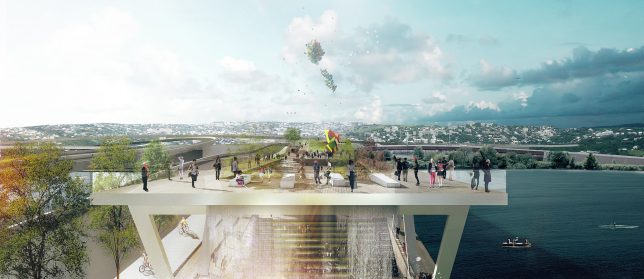

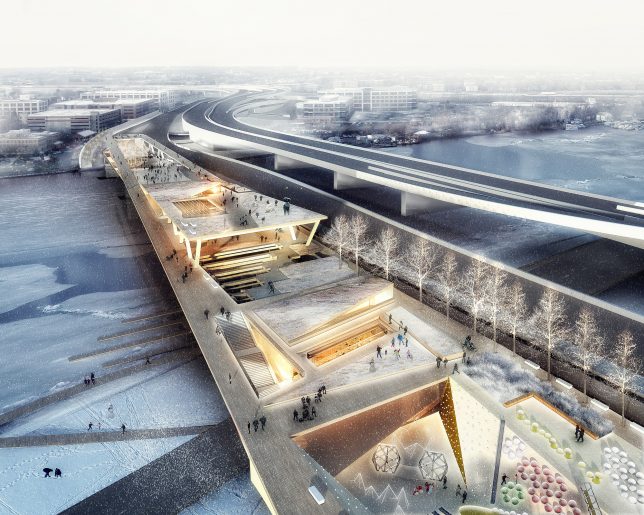
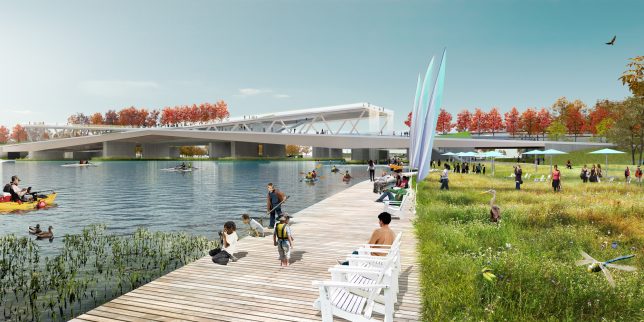
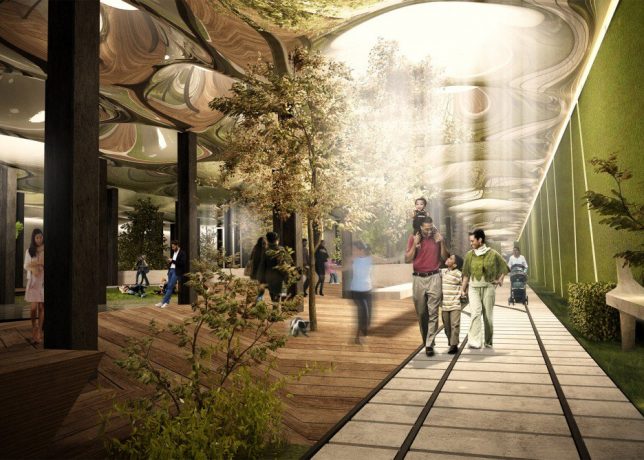
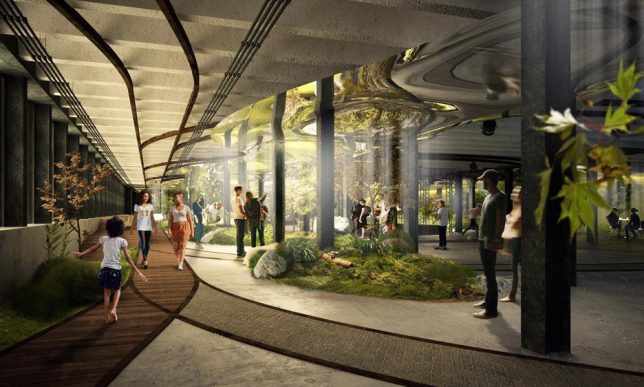
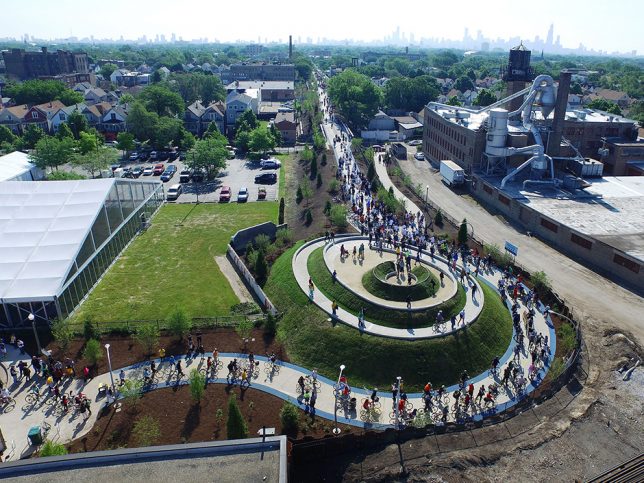
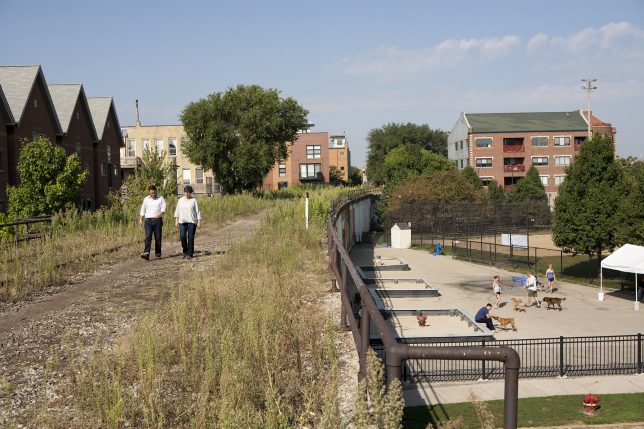
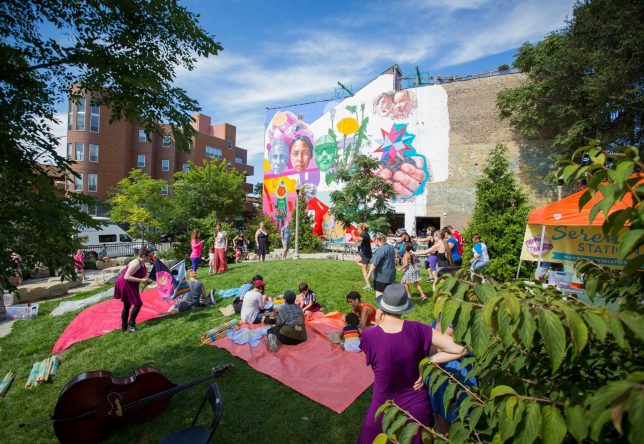
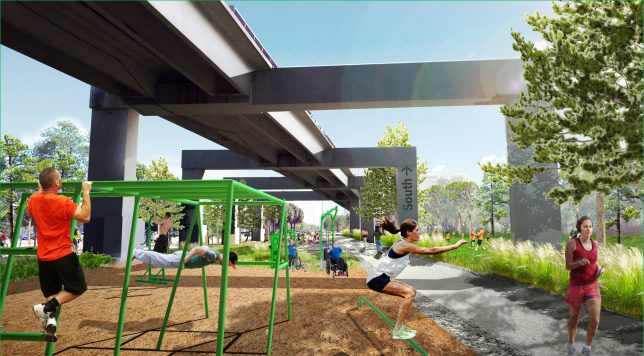
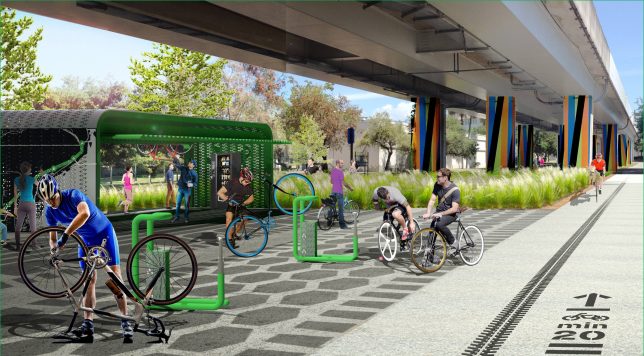






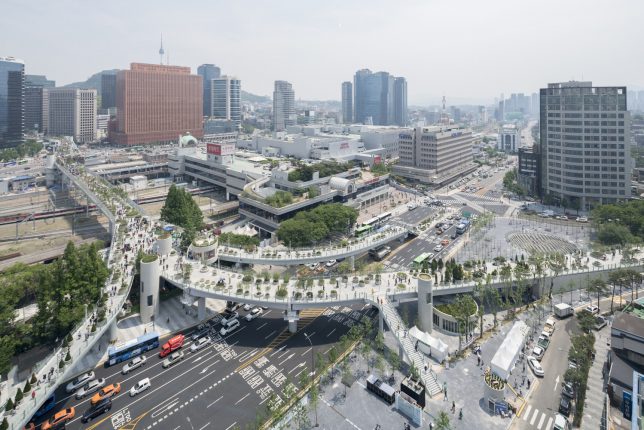
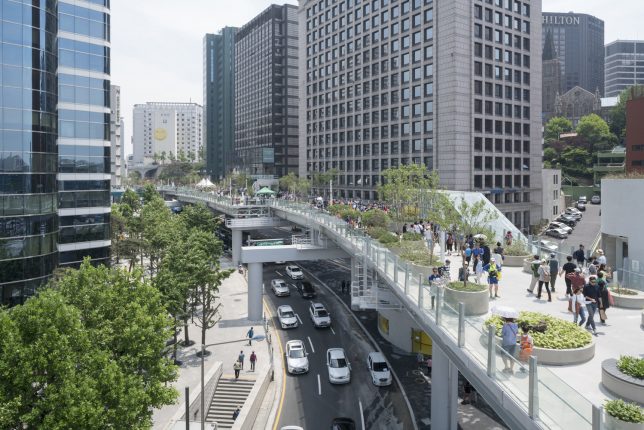
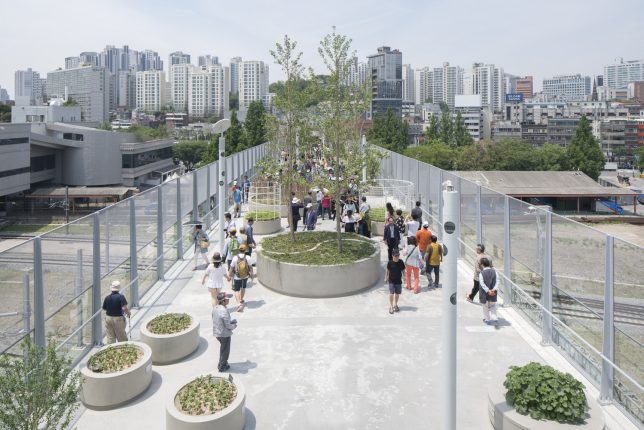
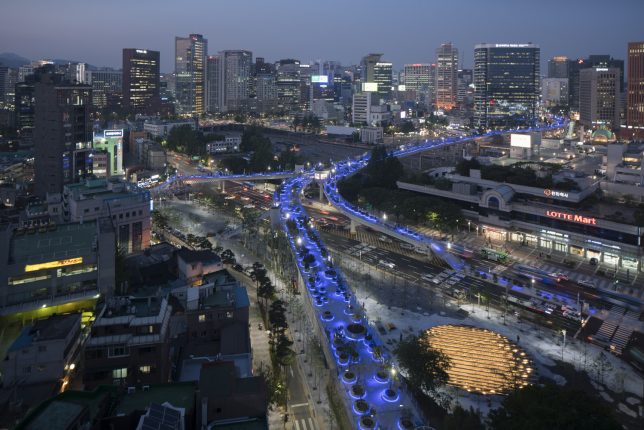
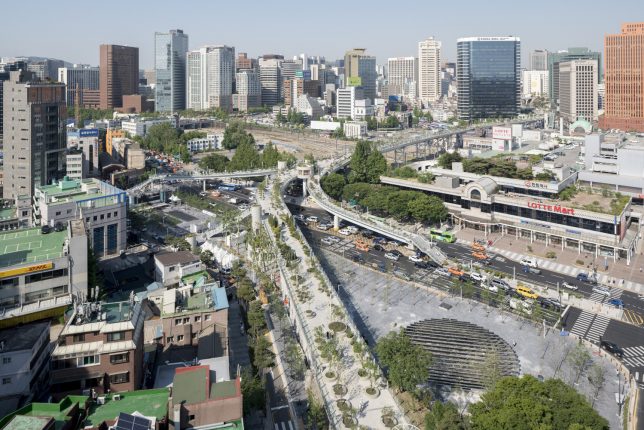
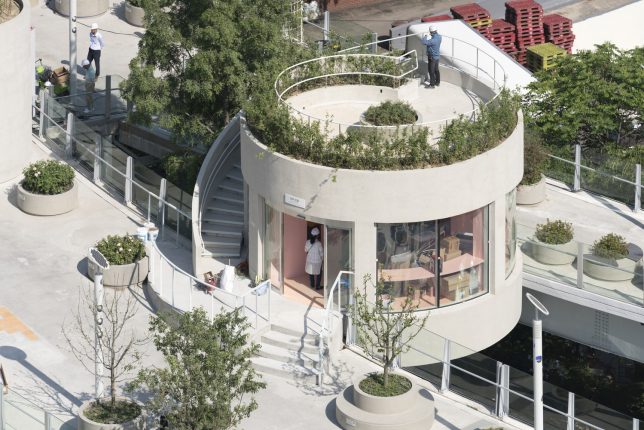
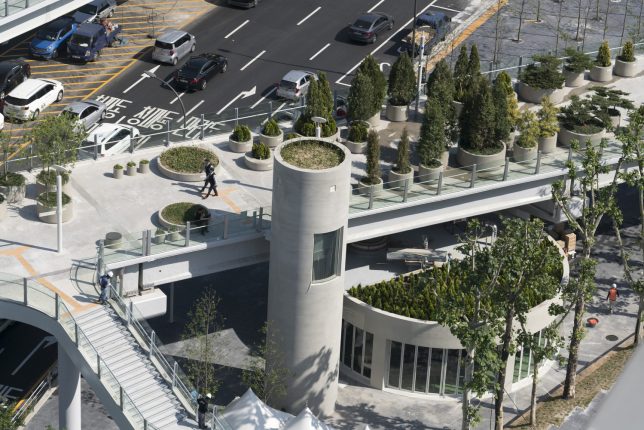
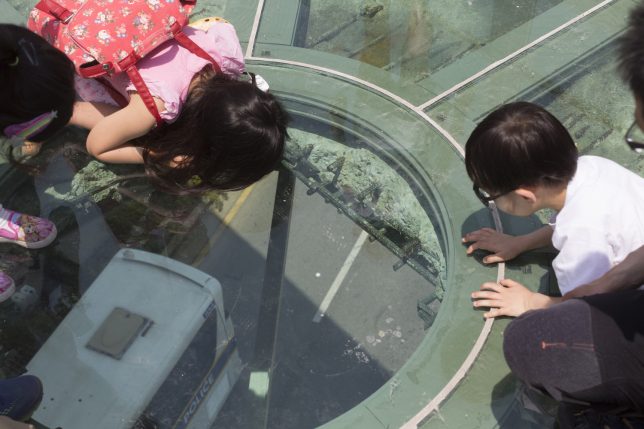
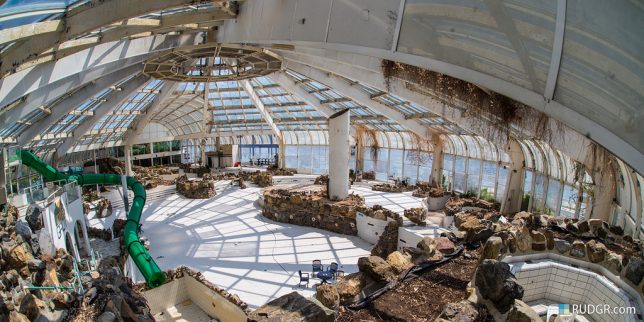


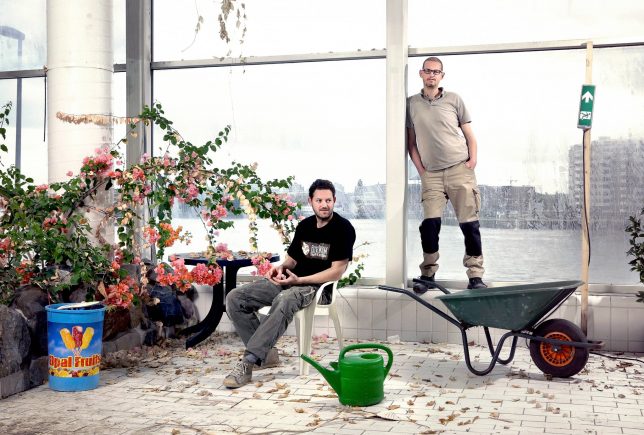
You must be logged in to post a comment.